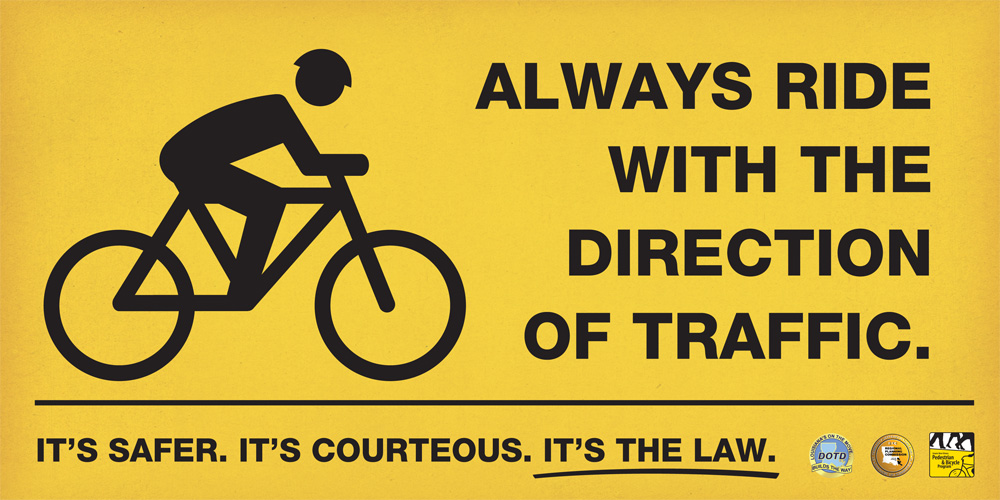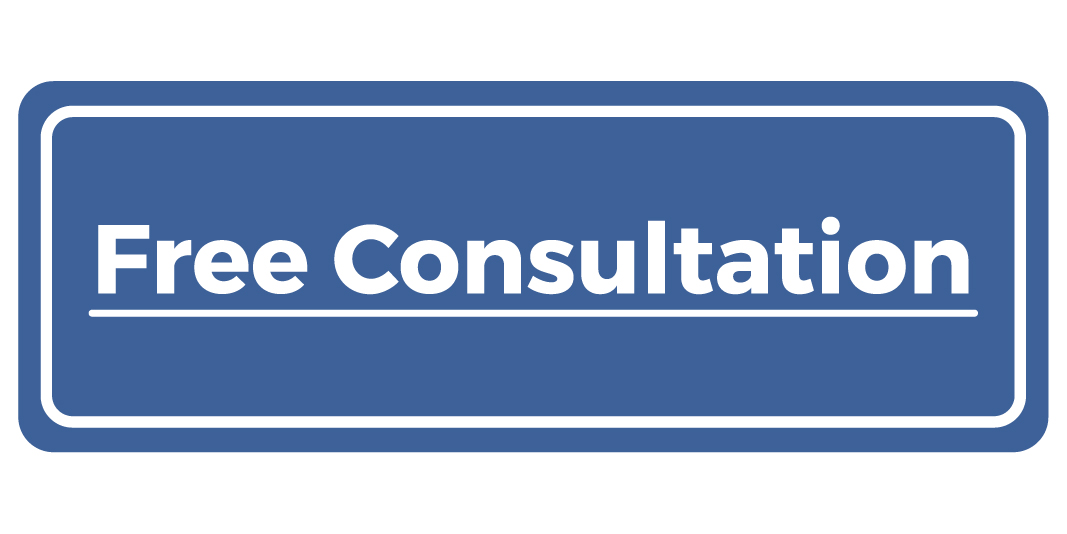
- Foster Care Abuse
- Employment Law
- Sexual Harassment
- Family Medical Leave Act (FMLA)
- Disability Discrimination – ADA
- Criminal Records / Arrests – Failure to Hire
- Age Discrimination
- Race Discrimination
- Pregnancy Discrimination
- Equal Employment Opportunity Commission (EEOC)
- Retaliation
- At Will Employment
- Non-Competition (Non Compete) Agreements
- National Origin Discrimination
- Religious Discrimination
- Sexual Orientation (LGBTQ) Discrimination
- Other Practices
- News
- About Me
Bicycle Traffic Laws
Traffic Laws for Bicycles
Pennsylvania’s Motor Vehicle Code considers “pedalcycles or bicycles” as vehicles and provides that every person riding a bicycle upon a roadway shall be granted all of the rights and responsibilities applicable to a driver of a vehicle, with certain exceptions.
If you ride in violation of the bicycle traffic laws, you greatly increase your risk of a crash and will likely be found at fault in the event of an accident.
Bicycle Riding on the Roadway
- Bikes may be ridden on the shoulder of the road (in the same direction as the flow of traffic) but are not required to do so.
- Bikes may also ride on the right half of the roadway as follows:
-
- On a multilane roadway, bikes may be ridden in the right-most travel lane.
- On a two-lane roadway, a bike may be ridden in the right lane.
- On a roadway with no center line, a bike may be ridden anywhere on the right side of the roadway.

- Bikes may move from the right lane:
-
- When overtaking another vehicle proceeding in the same direction.
- When preparing to make a left turn.
- When an obstruction exists that makes it necessary to change lanes or cross the center line with due care.
- Persons riding bicycles upon a roadway shall not ride more than two abreast (side-by-side), unless on paths or parts of a roadway set aside for exclusive use of bicycles.
- Motor vehicles must allow 4 feet of distance when overtaking a bicycle and travel at a careful and prudent speed. It is the motorist’s responsibility to provide this distance, not that of the cyclist.
- Motor vehicles may also overtake a bicycle in a no-passing zone to avoid excessive delays, but this must be done with due care and while providing the required 4 feet of clearance.
- No person shall open any door on a motor vehicle unless and until it is reasonably safe to do so and can be done without interfering with traffic flow.
-
- Cyclists may be injured or killed when a door is opened in their line of travel (dooring). Therefore, a distance of 4 feet should be kept between parked motor vehicles and the line of travel when riding along parked vehicles.
How to Ride a Bicycle
Riding a bicycle on a roadway with larger, faster-moving vehicles requires prudence and confidence. As a vehicle, you have a right to ride on the shoulder or the appropriate travel lane, and you will need to assert that right by using lane control.
Placing your vehicle appropriately (taking the center of the rightmost travel lane) can greatly reduce your chances of being struck as you are more visible, acting predictably (like another vehicle), and requiring motor vehicles to fully change lanes when overtaking.
Three particular crash types are manageable with lane control:
- Right-Hook Crashes — Overtaking motor vehicles fail to complete the overtaking maneuver safely before initiating the right turn. This results in the cyclist (who is proceeding straight ahead) being struck.
- Dooring — When a driver or passenger of a stopped motor vehicle opens a door into the path of a cyclist without exercising due care.
- Overtaking Crashes — The driver of a motor vehicle fails to overtake with due care and strikes the cyclist from behind.
Current motor vehicle code allows driver to overtake people riding in bike lanes even in no-passing zones if done with due care. Therefore, there is never a reason for bicyclists to encourage a motor vehicle to “squeeze by” in the same travel lane as even a 16-foot lane does not allow for the 4 feet of required clearance.
Bicycle Equipment
- If you use your bike between sunset and sunrise, it must be equipped with a front lamp and rear and side reflectors that are visible from at least 500 feet. This is both to help other motorists see you and also to illuminate your path.
- Your bike must be equipped with brakes that will stop the bike 15 feet from an initial speed of 15 mph on dry, level pavement.
- Some municipalities require the bike to be equipped with a bell or equivalent signal device.
Bicycles on Sidewalks
- Pedestrians have the right-of-way on sidewalks and bicycle paths. You must give an audible signal as you approach and pass a pedestrian.
- Automobiles are not required to yield to bicycles being ridden across a crosswalk (at a trail crossing for example) as the bicycle is treated as a vehicle. A better choice is to dismount and walk your bike across.
- You are not permitted to ride a bicycle on a sidewalk in a business district (except where permitted by official traffic control devices) or where there is a bicycle-only lane available.
Bicycle Helmets
- Anyone under the age of 12 must wear a helmet when riding a bicycle. This applies to anyone operating the bicycle, riding as a passenger, or riding in an attached restraining seat or trailer. The Pennsylvania Department of Transportation strongly recommends that all bicyclists wear helmets whenever they ride.
Bicycles on Freeways
- Bicycles are not permitted on freeways in Pennsylvania without permission of the Pennsylvania Department of Transportation. A freeway is the general term that denotes a divided highway with complete control of access, which means there are no pedestrians, bikes, horses, signals or intersections. Cars also tend to yield from on-ramps and there are generally no tolls.
Traffic Signals for Bicycles
- All traffic signals must be obeyed in accordance with standard vehicle laws. If a traffic signal does not detect your bicycle, try positioning the bicycle directly over the saw cuts in the pavement that detect vehicles. If the signal still does not detect you, you may treat the red signal as a stop sign and proceed through the intersection after yielding to all intersecting traffic (including pedestrians).
Hand and Arm Signals for Bicycles
- To signal a left turn, extend the left hand and arm horizontally.
- To signal a right turn, extend the right hand and arm horizontally, or extend your left hand and arm upward.
- To signal a stop or decrease in speed, extend the left hand and arm downward.
Robert Maizel, Esquire
Robert Maizel is an Experienced Trial Attorney in Philadelphia with over fifteen years of trial experience.
You will speak to an attorney about your case!
Saffern & Weinberg has offices located in both Center City Philadelphia and Jenkintown, Pennsylvania. Attorney Robert Maizel is a Partner with the Law Offices of Saffren & Weinberg.
Robert Maizel is associated with, and is Special Counsel with the Law Firm of Saffren & Weinberg. Robert Maizel is not a Law Firm, and rather Robert Maizel is affiliated with the Law Firm of Saffren & Weinberg. All clients shall formulate an agreement with the Law Firm of Saffren & Weinberg, with the option of hiring Robert Maizel as lead counsel on your case to be heard in the State Courts of Pennsylvania, and Marc Weinberg as the lead counsel in cases to be heard in the Federal Courts of Pennsylvania.
Call Robert Maizel at 215-695-3000 to schedule your free consultation.

